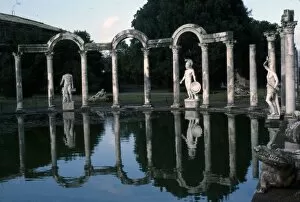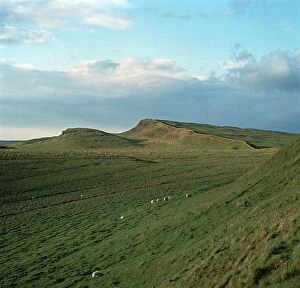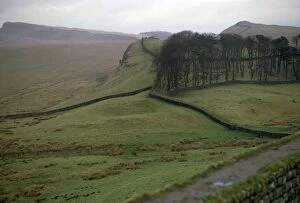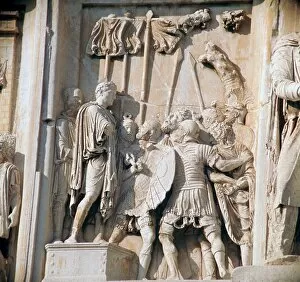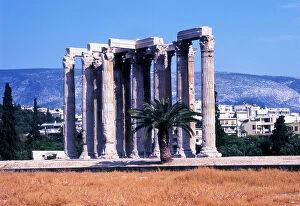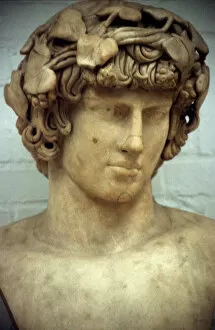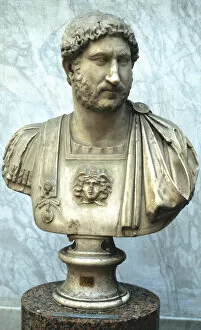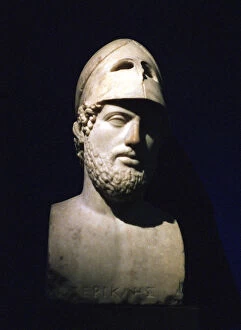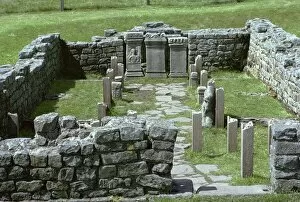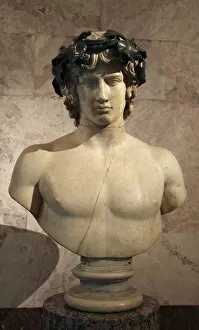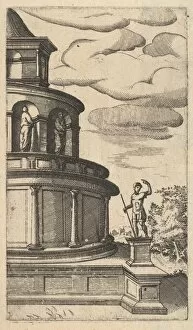Emperor Hadrian Collection (#4)
Emperor Hadrian: A Visionary Ruler and Patron of Art Step into the world of Emperor Hadrian
For sale as Licensed Images
Choose your image, Select your licence and Download the media
Emperor Hadrian: A Visionary Ruler and Patron of Art Step into the world of Emperor Hadrian, a man whose legacy continues to captivate us through his remarkable contributions to art and architecture. His reign from 117 to 138 AD marked an era of immense cultural growth and innovation in ancient Rome. One iconic masterpiece associated with Hadrian is the Warwick Vase, an exquisite marble sculpture that showcases his refined taste for classical beauty. Its intricate details and grandeur reflect the emperor's appreciation for artistic excellence. Hadrian's Villa, located near Tivoli, stands as a testament to his architectural prowess. Painted by Giovanni Paolo Panini in 1763-65, this oil on canvas artwork immortalizes the majestic villa where Hadrian sought solace amidst nature's embrace. The sprawling complex boasted stunning gardens, lavish baths, and impressive structures that showcased his love for Greek-inspired design. The portrait of Crispina found at Villa Adriana offers a glimpse into the personal life of Hadrian. Created around 178 AD, it reveals their deep connection as husband and wife while highlighting her elegance and grace. Antinous-Osiris statue crafted between 131-138 AD exemplifies Hadrian's devotion towards his beloved companion Antinous. This mesmerizing marble piece symbolizes their eternal bond even after Antinous' untimely demise. Hadrian himself was immortalized through various sculptures like the Statue of Roman Emperor Hadrian from the first half of the 2nd century. Its regal stance portrays him as a powerful leader who left an indelible mark on history. Ephesus unveils another marvel connected to our enigmatic emperor -the Temple of Hadrian. With its ornate detailing captured in close-up shots, this architectural wonder represents religious tolerance during his reign. Numerous busts were created during different periods depicting various facets of Emperor Hadrian's persona – one such example being the Bust of Hadrian from 117-138 AD.

